John Hurrell – 27 March, 2024
In the biggest, most dominant, digitally-modified photograph there are vague hints of photographer Boyd Webb when underwater—or painters Dali, Tanguy or even Margot Philips, when creating a surrealist landscape. Mother and Child is like a frontally positioned photo of a huge tank, two thirds filled with water. We see craggy island landscapes above the waterline—with lethal vertical tendrils hanging below at least two ominous Portuguese Men of War.
Six elegant b/w photos (of differing sizes) from digital artist Jay Hoon Lee dominate the far end of the Ivan Anthony Gallery.
There seem to be two types of image: Three (Mother and Child; Kiss; and The Rational Geography #1) play with flatness and the picture-plane; and three others (The Persistence of Memory; Moonlight Sonata; and Lightning Cross) that have a deeper, more penetrable, space, emphasising distant landscapes or cloudy skies dramatically illuminated by the moon or lightning. These last tonal works are reminiscent of scenes from an early sixties Antonioni movie.
In the biggest, most dominant, digitally-modified photograph there are vague hints of photographer Boyd Webb when underwater—or painters Dali, Tanguy or even Margot Philips, when creating a surrealist landscape. Mother and Child is like a frontally positioned photo of a huge tank, two thirds filled with water. We see craggy island landscapes above the waterline (lumpy pointed forms seemingly made of liquid Twink, and floating on the surface)—with lethal vertical tendrils hanging below at least two ominous Portuguese Men of War. It is a strangely surreal hybrid.
With Kiss and The Rational Geography #1, the planar surface is emphasised, one with a Coelacanth-like fossil of a fish and its smaller mirrored double; the other a digital collage using butted fragments of aerial photographs of foothills and braided shingle riverbeds. With the other three, a more naturalistic airy, (mostly) nocturnal space, with single-point perspective is utilised.
As is usual with Jay Hoon Lee, the textured mock-painting detail is extraordinary. These are alluring works you can pore over, scrutinising each mouse-manipulated ‘daubed,’ ‘caressed’, ‘encrusted’ or ‘runny’ mark. And with The Rational Geography #1, the diamond scales of the two fish make up an intricate grid-like bank of encrusted jewels that shimmers in vivid contrast to the creatures’ hardened unpocked stone bed that surrounds them.
The intricacies of their delicate planar surfaces are what make these works intriguing, unlike the others with their piercingly harsh sunlight or cloud-dappled moonglow on receding crystalline vistas. They seem a bit conventional spatially, making the ‘flatter’ ones more akin to modernist painting with their forthright and dominant picture-planes—and more compelling double-pagelike viewing options.
John Hurrell
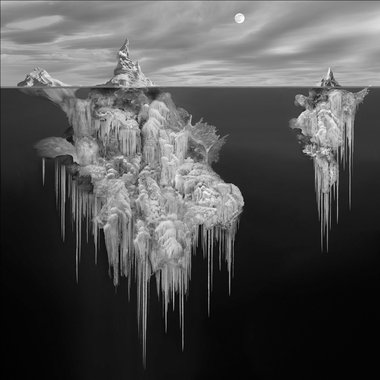
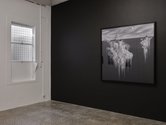
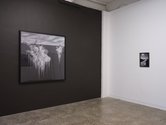

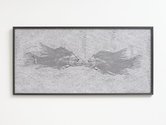
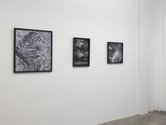


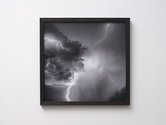
 Two Rooms presents a program of residencies and projects
Two Rooms presents a program of residencies and projects Advertising in this column
Advertising in this column



This Discussion has 0 comments.
Comment
Participate
Register to Participate.
Sign in
Sign in to an existing account.